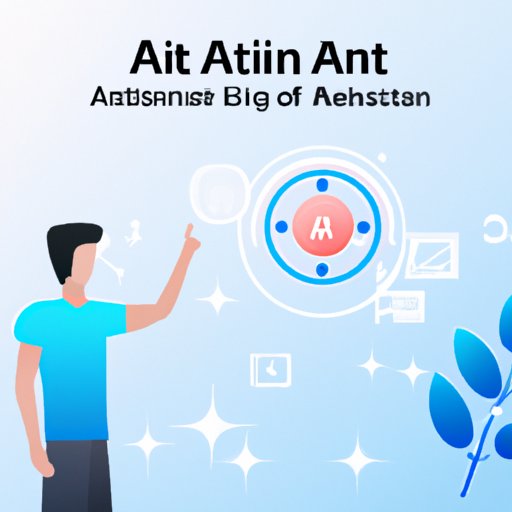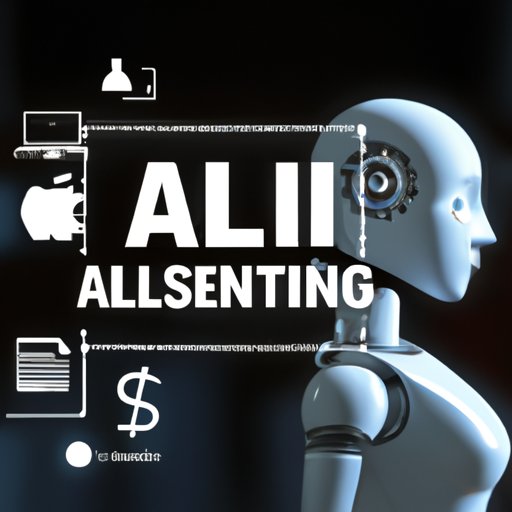Introduction
Artificial intelligence (AI) is a rapidly growing field of computer science that focuses on creating machines capable of performing tasks that would normally require human intelligence. AI has applications in many different industries such as healthcare, finance, and retail. With advancements in technology, AI is becoming more accessible than ever before. In this article, we will explore how you can make your own AI.
Research Available AI Platforms and Tools
The first step in making your own AI is to research the available platforms and tools. Popular AI platforms include TensorFlow, Microsoft Azure, Amazon Web Services, and Google Cloud Platform. Each platform has its own benefits and drawbacks. For example, TensorFlow is an open source platform that is used by many AI developers, but it lacks the scalability of other platforms. It’s important to consider which platform is best for your project before making a decision.

Identify an Area of AI That Interests You
Once you have identified a platform, the next step is to choose an area of AI that interests you. Considerations for choosing a specific field of AI may include the complexity of the problem, the resources available, and the time commitment required. Popular areas of AI include natural language processing, computer vision, robotics, and machine learning. It’s important to research each area thoroughly before making a decision.

Learn the Basics of Programming and AI Concepts
Before diving into AI development, it is essential to understand the basics of programming and AI concepts. This includes understanding basic programming languages such as Python and JavaScript, as well as understanding AI fundamentals such as neural networks and deep learning. There are many free online courses and tutorials available that can help you learn these concepts.

Gather Data and Create a Dataset
Data is the foundation of any AI project. Gather data from various sources including existing datasets, public APIs, web scraping, and crowdsourcing. Once you have gathered the data, it is important to clean and organize it into a dataset that is suitable for training your AI model. Tips for creating a dataset include splitting the data into training and testing sets and using techniques such as normalization and feature selection.
Choose an Appropriate Algorithm to Train Your AI
Once you have created a dataset, the next step is to choose an appropriate algorithm to train your AI. Popular algorithms for AI training include supervised learning, unsupervised learning, and reinforcement learning. It is important to choose the right algorithm for your project depending on the type of data and the desired outcome. It is also important to understand the pros and cons of each algorithm before making a decision.
Develop an AI Model and Test It With Your Data
Once you have chosen an algorithm, the next step is to develop an AI model. This involves using frameworks such as TensorFlow or PyTorch to implement the chosen algorithm. After developing the model, it is important to test it with your data to ensure it is working properly. This process can involve tuning the model parameters, evaluating the performance, and debugging any issues.
Conclusion
Creating your own AI project can be a challenging but rewarding experience. By following the steps outlined in this article, you can create a successful AI project. If you are interested in learning more, there are many resources available to help you further your knowledge of AI. Good luck!
(Note: Is this article not meeting your expectations? Do you have knowledge or insights to share? Unlock new opportunities and expand your reach by joining our authors team. Click Registration to join us and share your expertise with our readers.)
